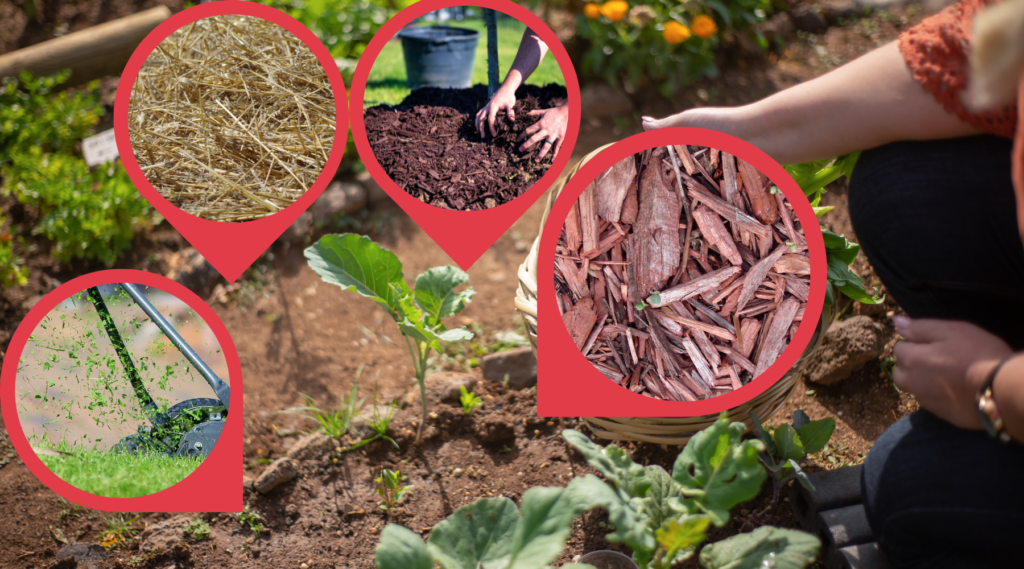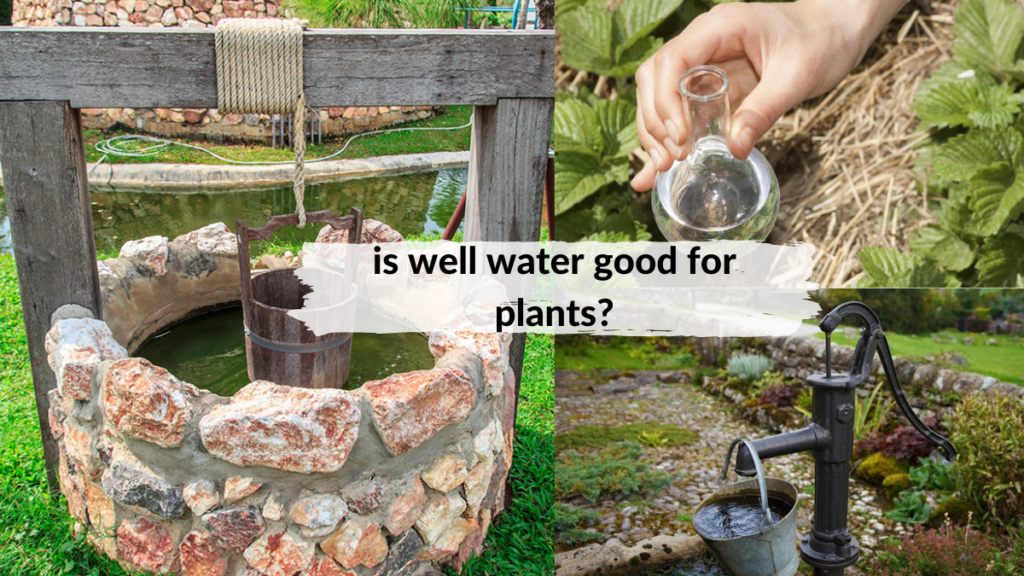Before you can plant on a raised garden bed, there are a couple of things that you should prepare to get started. Aside from building the bed, you may be thinking about what to put in a raised garden bed.
When you finished building your garden bed, the next thing that you should do is start putting in things that will benefit the plant growth of your crops. Before putting in the soil, you’ll have to put your choice of material to put in the bottom of the bed.
There are various materials that you can opt to use for the bottom of your raised garden bed. Some of these are:
1. Newspaper
Old magazines or newspapers can be used for the bottom of the bed, but it will surely not last long.
2. Cardboard
A common alternative to newspapers is cardboard. This can last a bit longer than newspapers.
3. Landscape Fiber
This option is designed with numerous holes for water transportations and drainage. It is a common lining used for bed bottoms.

4. Concrete Slab
If the native soil on the location where you plan on putting the bed is terrible, it is advisable to build a concrete slab on the bottom of the bed. This will also help especially if there are stubborn weed and the soil is not beneficial for growing plants.
5. Plastic Lining
You can use any type of plastic lining as a weed barrier. However, it is not a good option for drainage purposes. Also, you must use a safe kind of plastic, especially if you’re planning to grow consumable crops.
6. Gopher Wire
An important thing that you should never forget adding in the bottom of the bed is gopher wire. This will keep any pests out of the bed, especially those burrowing pests that may damage your growing crops.
As you prepare the bottom of the bed, you can now proceed to the preparation of your soil and also the plants that you want to grow in the bed.
what plants to put in a raised garden bed
One of the many benefits of building a raised garden bed is you can plant just about anything in it. You just have to make sure that proper spacing is done to let each crop grow healthy.
For starters, you should create a vegetable garden with crops that you and your family like to eat. Consider thinking about the common dishes you like to prepare. This way, you’ll have something to get started within your bed.

If you’re into salads, make sure that you gave a lettuce cutting mix, some carrots, cucumbers, head lettuce, and cherry tomatoes. Say, you’re into cooking. You can focus on plants that are commonly used like peppers and onions, herbs, potatoes, and leeks.
In a single raised garden bed, there are a lot of crops that you can plant. You just have to make sure that you don’t overcrowd each bed to let each plant grow to its maximum potential. Keeping proper spacing will prevent competition for roots space, nutrients, and water.
what soil to put in a raised garden bed
Experts say that the most important factor in increasing your crop yields is by building up your soil. For your raised bed, you must use organically rich soil.
Your bed should have deep soil to encourage the growth of extensive and healthy plant roots. This will be easier for the plants to get as much water and nutrients from the soil. This will result in extra productive and extra lush growth above the ground.
You should put good soil in your raised beds that are made from a mix of organic materials. It should be fluffy and loose. This will give the roots the air they need in effectively absorbing all nutrients as well as minerals.
what to put in a raised garden bed for soil
As you fill the beds with high-quality garden soil, you can make sure that all your crops will grow healthy and give you more yields. You have to fine-tune the raised bed soil with a mixture of soil amendment and fertilizers.
What goes in the raised bed will have a direct effect on the crops you want to grow. Say, for example, you are going to fill a 4’x 8’ raised bed that is one foot or 32 cu. ft. deep. You can use the following recipe for soil mixes:
- 5 bags or 11cf of peat moss
- 3 bags or 9cf of organic compost
- 4 bags or 4cf of worm castings
- 3 bags or 3cf of organic manure
- 2 bags or 4cf of organic vermiculite
- 3 to 6 lbs of Azomite
- 1 to 2 lbs of Kelp Meal
- 3 to 6 lbs of Oyster Shell Flour
- 2 to 4 lbs of All-Purpose Fertilizer

In creating your soil mixes, you should have all the ingredients on hand before starting to fill your raised garden bed. If you can, pre-mix the ingredients on a large container or tarp.
Premixing the ingredients will help make the soil loose and at the same time fluffy. This will avoid pockets of manure, peat moss, or any ingredients from going in the bed without getting loosened.
In preparing your compost, you can use store-bought or make your own with the use of organically derived materials. You should adjust the materials that you put in the compost to benefit the crops that you want to plant.
The proper addition of the right amounts of each ingredient will make your soil ready for promoting healthy growth to your plants. Adding peat and vermiculite will give your bed good drainage that root vegetables love.
To keep the soil moist, you can put a layer of grass clippings or mulch on top of the soil. This will help in keeping the soil during the hot season and can keep the soil warm during the cold season. Straw mulch can be used, but it is advisable to you check on it regularly as it is a common hiding place for slugs.
what vegetables to put in a raised bed garden
There are countless vegetables and even flowers that you can grow in a raised garden bed. You just have to adjust on the perfect time to plant so you’ll get the best crops and gather impressive yields.
Some of the vegetables that can grow easily in raised garden beds are the following:
1. Leafy Greens
Kale, lettuce, and spinach are some of the best plants that grow wonderfully in raised beds. Since these are cool weather plants, you have to plant them just as soon as you can trowel the soil.
Since the soil warms more quickly in raised beds than the ground soil, it will be easier to plant earlier and get more harvests even before summer season hits. Keep in mind that leafy greens don’t like soggy roots. Since the soil in raised beds drains fast, you will surely get beautiful lettuces grown in the beds.
2. Root Vegetables
When growing root vegetables, you have to take control of the soil’s health. You have to fill it with the right soil mixture that doesn’t have any clay, debris, or rocks. Leaving these materials in your soil will affect the growth of the root crops or damage the vegetables.
Root veggies such as parsnips, beets, carrots, and radishes grow healthily in rock-free and loose soil. This soil condition is beneficial for these veggies as it gives them more space for spreading out the roots.
3. Potatoes
Among the root crops that don’t only grow well in raised beds but are also much easier to harvest in this setting. Potatoes benefit from the hilling soil surrounding the shoots while they are growing. When planted in a raised bed, these hills can be easily contained.
Just like other root veggies, potatoes grow well in loamy, loose soil that drains properly. They grow marvellously when they can spread out easily in the soil. Also, the loose soil will prevent them from rotting.
Potatoes tend to have higher yields in raised beds. They also develop bigger tubers in this setting.

4. Tomatoes
Known as heavy feeders, tomatoes require soil that is dense in nutrients for them to thrive. You have to customize the soil according to the plant’s requirements. This should have extra compost.
The only problem with growing tomatoes is that you have to place tomato cages in the bed. It may be hard for stakes to steadily stand up when there is loose soil. So, you’ll have to make the necessary adjustments when planting this.
You should also be careful with the plants that you are going to put around the tomatoes. This way, all plants will still grow healthy together. Also, this should not affect the yields of the plants around the tomatoes.
5. Onions
There are a couple of reasons why onions are among the best vegetables to grow in your raised garden beds. Some of these:
- They love to grow in quick-draining soil.
- They require lots of organic matter.
- They need a long growing season.
With these reasons in mind, raised beds are the perfect crops to plant in the garden beds. Just like tomatoes, you’ll have to make adjustments with your soil and include a lot of compost for the benefit of the plant.
Keep in mind that onions that are grown from seeds will take more than 100 days until they reach maturity. So, if you are living in a place with four seasons, you should expect to grow these plants for a longer period. Planting them when the soil starts warming up is a good start for your onions.
As these plants are growing, you can start thinking of other plants that you want in your garden. You can include vining crops and preparing your trellises. All it takes is for you to get used to amending your soil accordingly each time you plant and harvest to keep growing healthy crops.




